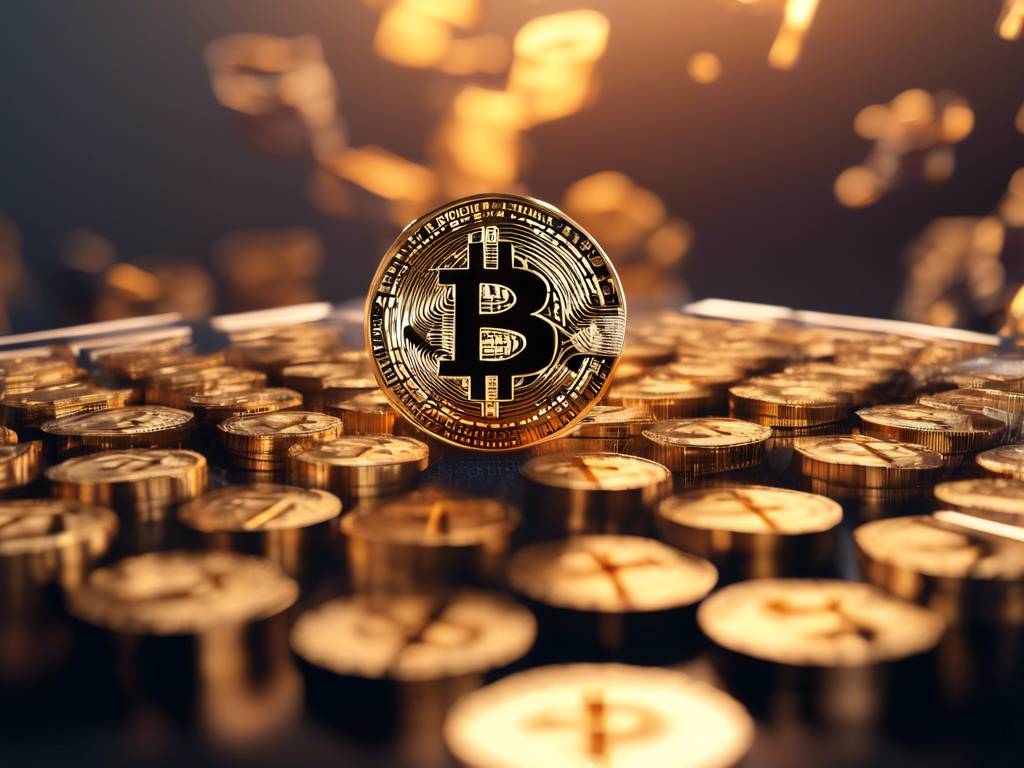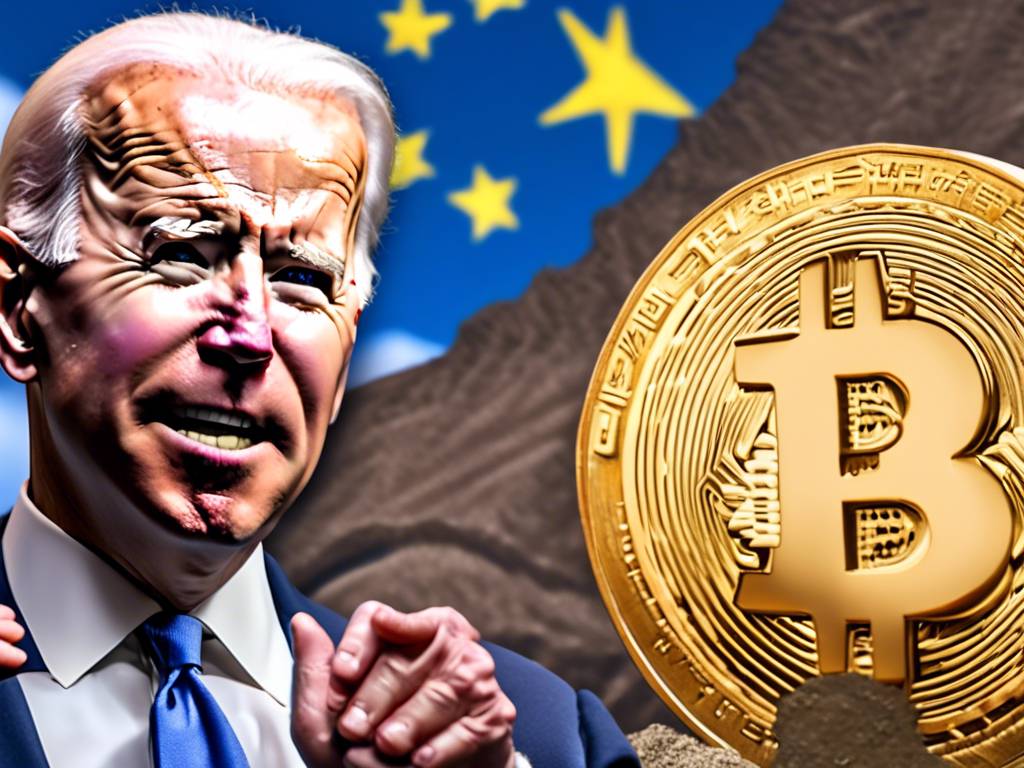Reshaping the Ethereum Landscape with the Dencun Upgrade 🚀
If you’ve been experiencing frustration with Ethereum’s scalability issues, slow transaction times, and high gas fees, the Dencun upgrade might just be the game-changer you’ve been waiting for. Launched in March 2024, this upgrade marks a significant leap forward in resolving these longstanding challenges and paving the way for enhanced scalability on the Ethereum network.
Breaking Down the Dencun Upgrade 🛠️
The Dencun upgrade, a blend of the Cancun and Deneb updates, doesn’t offer an instant fix to all scalability problems. Nevertheless, it represents a crucial milestone in Ethereum’s evolution. At its core, the Dencun upgrade introduces the concept of “proto-danksharding,” laying the groundwork for future sharding implementations. Sharding involves dividing the blockchain into smaller, independent shards to process transactions simultaneously, significantly boosting Ethereum’s transaction throughput.
- Proto-danksharding sets the stage for future sharding implementations
- Sharding partitions the blockchain for parallel transaction processing
Optimizing Fees with Layer 2 Networks 💸
While Dencun doesn’t directly address reducing transaction fees on the Ethereum mainnet, it aims to optimize fees within Layer 2 networks. These solutions operate atop the Ethereum blockchain, aggregating off-chain transactions before sending them back to the mainnet. This approach helps alleviate congestion on the primary network, potentially leading to lower fees for users.
EIP-4844: Enhancing Layer 2 Efficiency 🔄
One standout feature of the Dencun upgrade is EIP-4844, which reduces the cost for Layer 2 networks to submit bundled transactions to the Ethereum blockchain. This improvement is poised to boost the efficacy of Layer 2 solutions, possibly resulting in reduced fees for their users. However, the actual fee reductions might not meet initial projections, necessitating ongoing fee monitoring in the long run.
Unintended Consequences on Ethereum Supply ⚖️
Interestingly, the decrease in transaction fees post-Dencun has led to a reduction in burned ETH. Previously, higher network activity and fees drove more ETH burns, creating a deflationary impact on the supply. Following the Ethereum Merge to proof-of-stake, this burning mechanism was expected to be advantageous. However, with fewer fees being burned and a natural supply increase, ETH’s total supply has started growing faster, transitioning towards an inflationary trend.
The Outlook for Ethereum and SEC Approval 📉
Recent developments within the Ethereum ecosystem, such as Uniswap’s Wells notice, have lowered expectations for U.S. SEC approval of spot Ethereum ETFs in 2024. The SEC’s stance on Ether as a security, coupled with regulatory uncertainties, suggests that spot Ethereum ETF approvals may be further delayed until possibly 2025, signaling a challenging journey ahead for crypto investors.
Visualizing ETH’s Performance Against BTC 🔍
ETH’s performance against BTC in the past year paints a sobering picture, with Ethereum experiencing a 30% decline compared to Bitcoin. This disparity underscores the challenges ETH faces in the crypto market landscape and the need for strategic measures to regain its competitive edge.





 By
By
 By
By
 By
By

